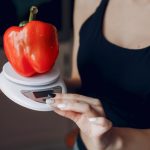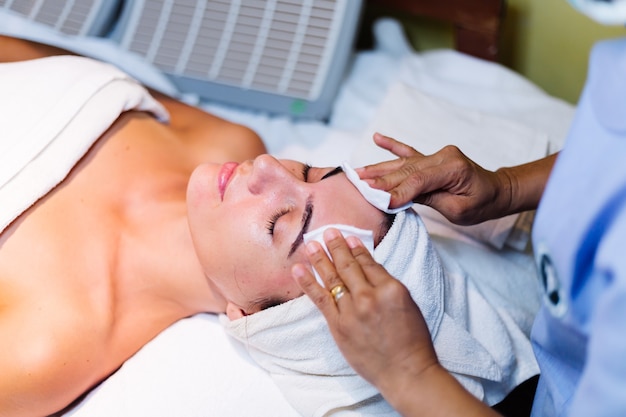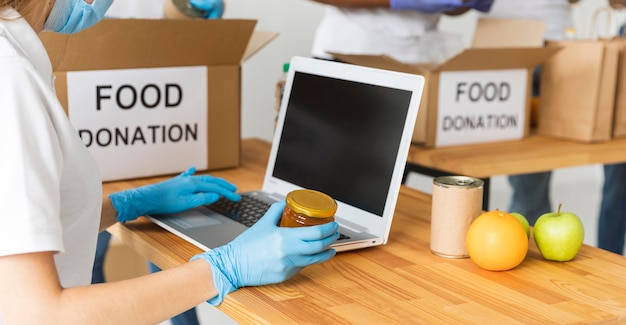
Keeping food safe and avoiding foodborne illnesses depend a lot on practicing good food hygiene and safety measures. Even after food safety training, many people forget the basic principles when cooking daily. Whether you’re in a professional kitchen or cooking at home, steering clear of these common mistakes helps create a safer and healthier food environment.
1. Not Washing Hands Properly
Proper handwashing is simple but often underestimated in preventing the spread of germs. Many think a quick rinse is enough, but it actually requires at least 20 seconds of scrubbing with soap. This is vital before food prep and after handling raw ingredients like meat or seafood, as poor hand hygiene can spread harmful germs like Salmonella and E. coli.
Avoid this mistake by washing hands with soap for 20 seconds, especially after handling raw meat or using the restroom. Dry hands with a clean towel or an air dryer to avoid germ spread.
2. Cross Contamination
When bacteria from raw foods like meat transfer to cooked foods, cross contamination happens. This often occurs if the same utensils or cutting boards are used without cleaning in between.
Avoid it by using different cutting boards for raw meats and other foods. Clean and disinfect surfaces, knives, and utensils after dealing with raw items.
3. Overlooking Expiry Dates
Forgetting to check expiry dates can seriously risk your health. Expiry dates are there to indicate food safety.
To avoid this, always check expiry dates before using products and rotate older items to the front of your fridge and pantry for first use.
4. Wrong Storage Temperatures
Storing food at incorrect temperatures helps bacteria flourish. Bacteria thrive between 5°C and 63°C, so keep perishable foods refrigerated promptly under 5°C.
To prevent this mistake, ensure your fridge is set below 5°C and put leftovers in the fridge within two hours of cooking.
5. Thawing at Room Temperature
Leaving frozen food out to thaw can create a breeding ground for bacteria as the outside warms up while the inside stays frozen.
Avoid thawing food at room temperature by using the fridge overnight, cold water, or a microwave. Don’t leave perishable food out for more than two hours.
6. Ignoring Personal Hygiene
Focusing only on food and neglecting personal cleanliness can introduce contaminants. This happens when handling food while sick or in dirty clothes.
To avoid this, wear clean clothes and tie back long hair. Avoid cooking if you’re feeling sick.
7. Cooking at Incorrect Temperatures
Cooking food thoroughly kills harmful bacteria. Rushing can lead to undercooked meals, risking foodborne illnesses.
Prevent this by using a food thermometer to ensure food reaches the right internal temperature, especially at the thickest part.
8. Reusing Utensils Without Cleaning
Using the same utensils for both raw and cooked foods can quickly lead to cross contamination.
Avoid this mistake by using separate utensils for raw and cooked foods and by cleaning cutting boards, utensils, and surfaces immediately after use.
9. Not Washing Fruits and Vegetables
Even if they seem clean, fruits and vegetables might carry bacteria or pesticides. Skipping proper washing can cause foodborne illnesses.
Prevent this by washing produce under running water and scrubbing firm fruits and vegetables like cucumbers or melons with a clean brush.
10. Forgetting to Clean Kitchen Surfaces
Kitchen surfaces can collect bacteria from raw foods, risking contamination of other foods.
Avoid this mistake by thoroughly cleaning and disinfecting surfaces after each food prep, especially after handling raw meats. Use disinfectants or a soap and hot water solution.
Food safety is more than just avoiding illnesses; it’s about maintaining the health of you and those around you. Remember these top 10 food safety mistakes and keep these tips in mind to ensure safe and healthy cooking!









